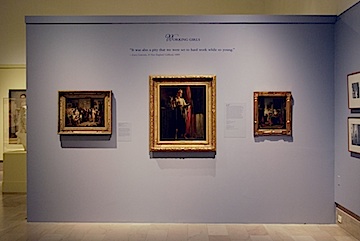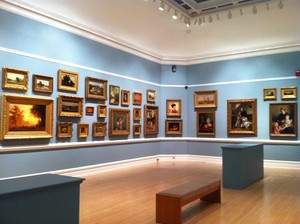- Annie Mason

- 2 min read

A New Year, a new look. Whether it's a whole new makeover or adding a vase to a tabletop, I love giving a room that extra touch, Some "pizzazz" (an attractive combination of vitality and glamour).
We have recently moved and it is so much fun to take an object and find a new spot for it. The links below will help you do just that.
* As an Amazon Associate, I earn a small commission from the links below, at no extra cost to the buyer. I have listed products that are stylish and would perk up any room. Thank you for your purchase as the commissions help with website maintenance.
For the living area:

For the Bath

For the Bedroom

For the Nursery

For the Rec Room

For the Garage / Exercise Room

Thank you for visiting!
Pin it, please! ⬇ or comment below.




































